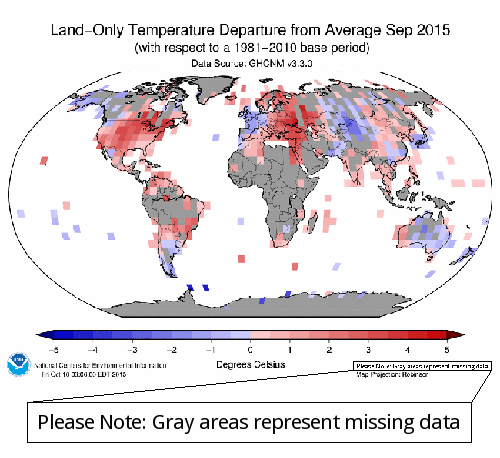Flights into Brownsville sold out prior to SpaceX’s sixth test flight of Starship/Superheavy
If anyone thinks the anti-Musk activists groups that have been using lawfare to try to shut down SpaceX’s Boca Chica facility have any local support, this story should put a quash on that. According to the airport director for the Brownsville-South Padre Island Airport, all flights sold out leading up to the sixth test flight of Starship/Superheavy.
Airport director Angel Ramos told Channel 5 News he’s noticed traffic increases whenever SpaceX does a flight test. “People are excited,” Ramos said. “They’re wearing SpaceX hats and SpaceX shirts [when they come] in to the airport.”
Ramos said flights were sold out between Sunday and Tuesday, and 700 people have been arriving daily at the airport since Sunday. “There is no launch that happens that we don’t see lots of people coming in and out of the airport, and now that they continue to be more frequent and more successful, people are paying more interest and actually coming days before,” Ramos said.
The story was reported by the local ABC television affiliate, and reflects the very positive impact SpaceX is having on the local community that is recognized quite clearly by everyone who lives there. The Brownsville area had been economically depressed for decades. Now the economy is booming, all because of SpaceX.
The public wants SpaceX there. The nay-sayers represent practically no one. That many local news organizations not only don’t report these facts when they cover the lawfare of these activists but instead often frame their stories as if the opposition is general throughout the region is shameful and an indication of the bankrupt nature of these press outlets.
If anyone thinks the anti-Musk activists groups that have been using lawfare to try to shut down SpaceX’s Boca Chica facility have any local support, this story should put a quash on that. According to the airport director for the Brownsville-South Padre Island Airport, all flights sold out leading up to the sixth test flight of Starship/Superheavy.
Airport director Angel Ramos told Channel 5 News he’s noticed traffic increases whenever SpaceX does a flight test. “People are excited,” Ramos said. “They’re wearing SpaceX hats and SpaceX shirts [when they come] in to the airport.”
Ramos said flights were sold out between Sunday and Tuesday, and 700 people have been arriving daily at the airport since Sunday. “There is no launch that happens that we don’t see lots of people coming in and out of the airport, and now that they continue to be more frequent and more successful, people are paying more interest and actually coming days before,” Ramos said.
The story was reported by the local ABC television affiliate, and reflects the very positive impact SpaceX is having on the local community that is recognized quite clearly by everyone who lives there. The Brownsville area had been economically depressed for decades. Now the economy is booming, all because of SpaceX.
The public wants SpaceX there. The nay-sayers represent practically no one. That many local news organizations not only don’t report these facts when they cover the lawfare of these activists but instead often frame their stories as if the opposition is general throughout the region is shameful and an indication of the bankrupt nature of these press outlets.




